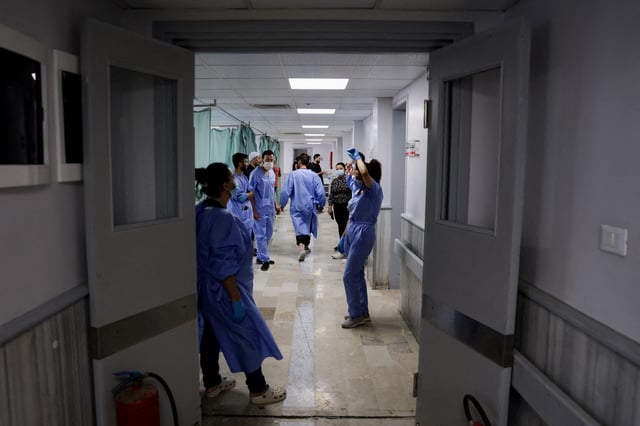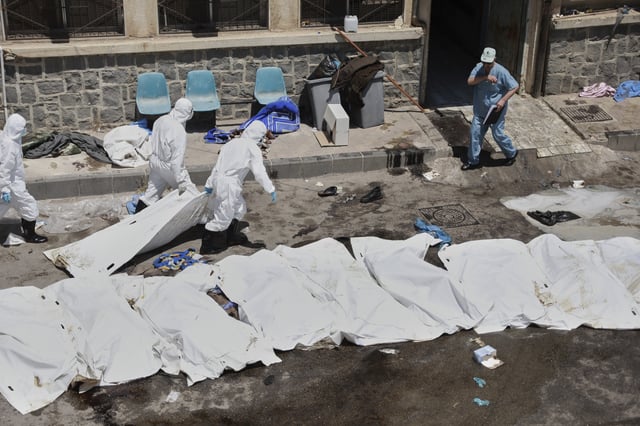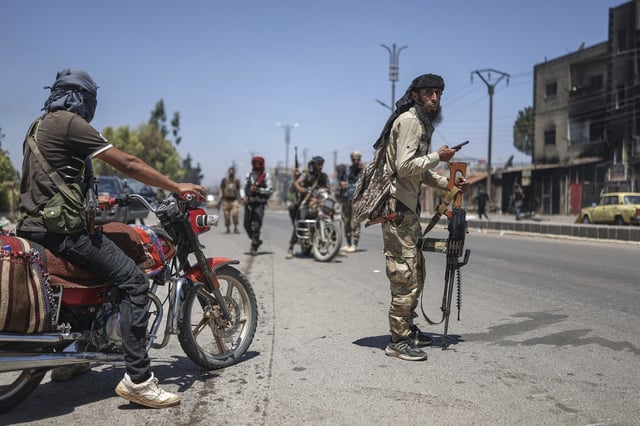Overview
- The main hospital in Suwayda is overwhelmed with trauma cases, operating without reliable power or water and with its morgue at capacity.
- The World Health Organization reports that over 145,000 people have been displaced by weeks of sectarian fighting, many sheltering in makeshift centers in Daraa and Damascus.
- Human rights monitors have documented summary executions and shared videos showing Druze civilians subjected to sectarian abuse.
- Last week’s Israeli airstrikes on Syrian military targets in Suwayda and Damascus prompted a partial withdrawal of government forces and helped establish the ceasefire.
- Analysts warn that the unrest underscores the fragility of Syria’s post-Assad transition and raises the prospect of further proxy escalation if minorities remain unprotected.



